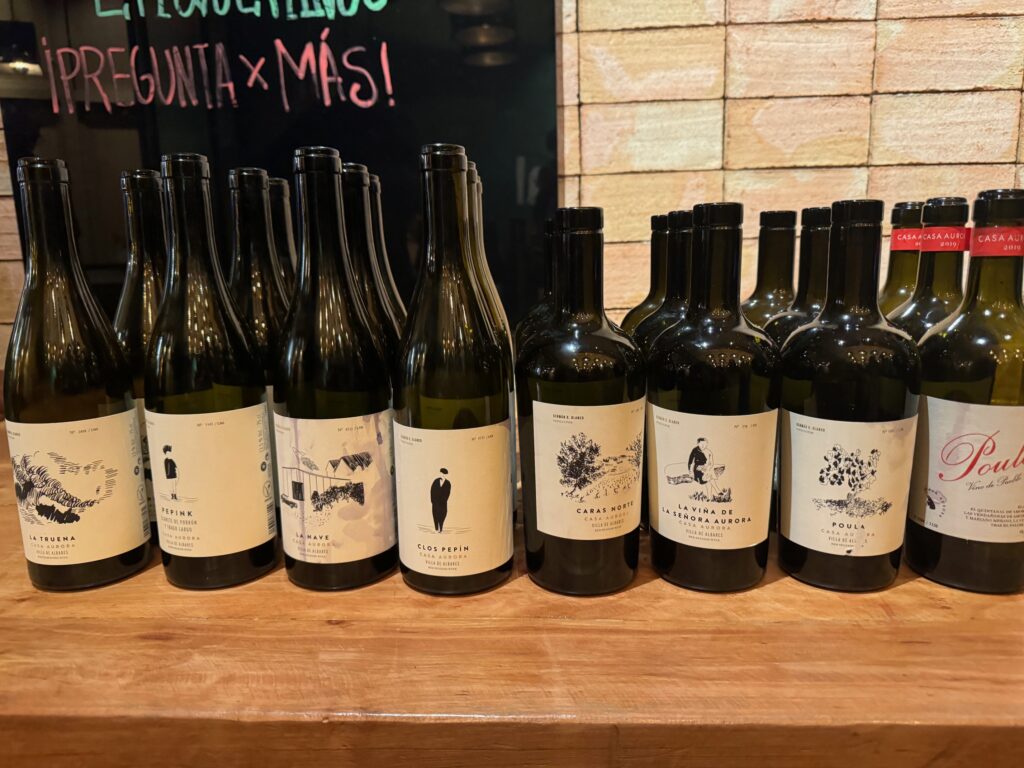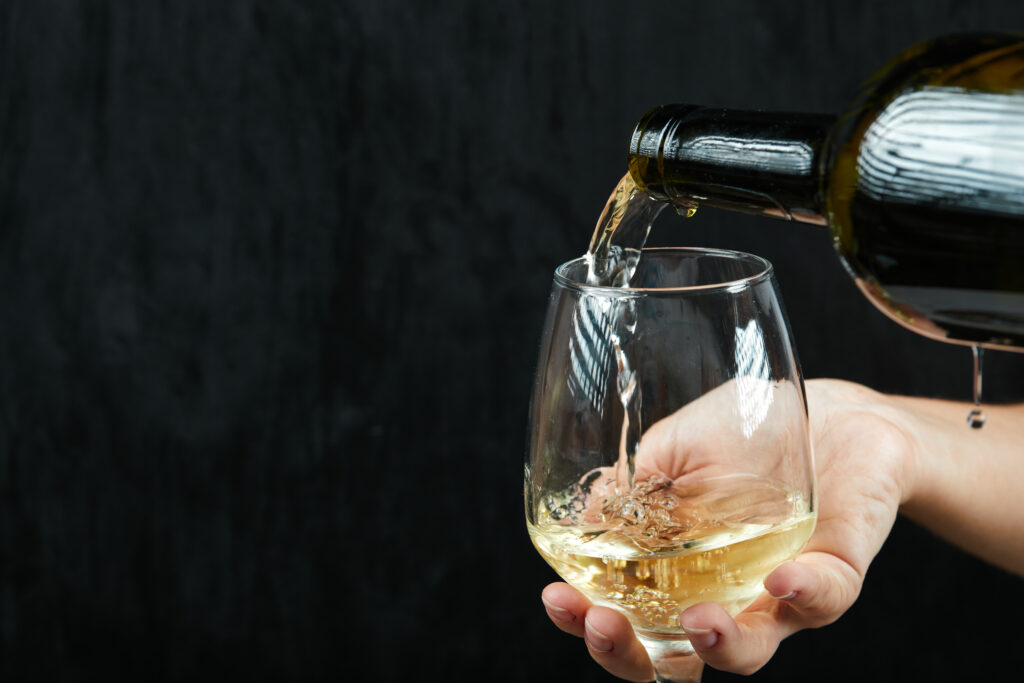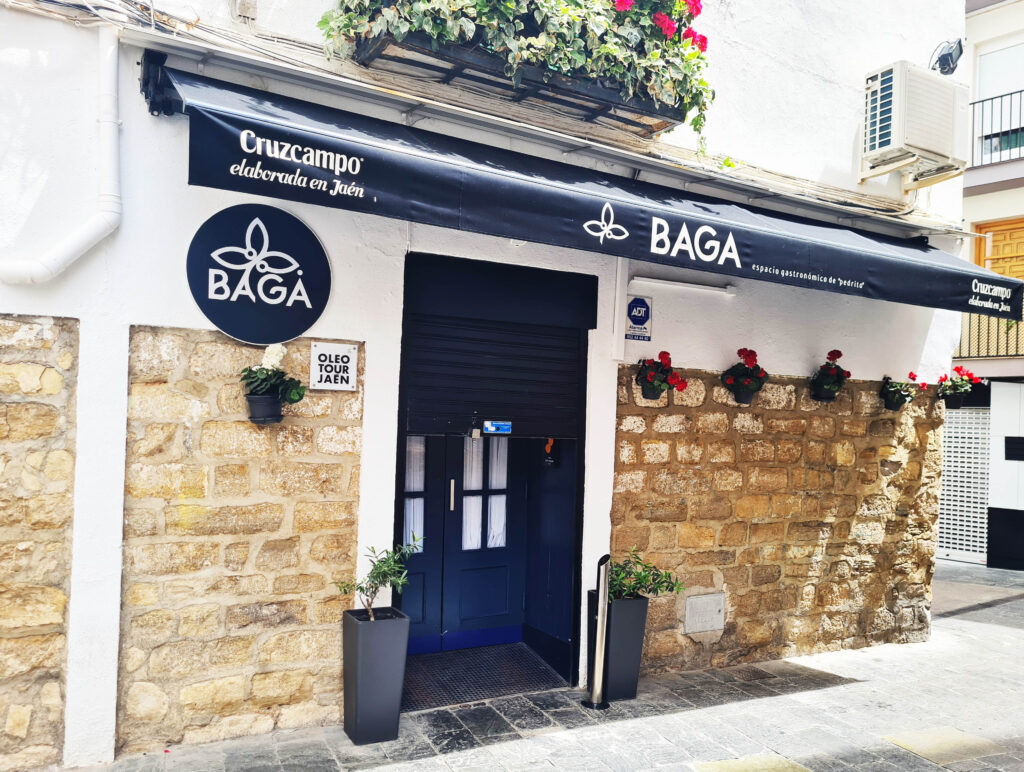I came to find Duero Wine Fest, the festival of celebration of wines made by the Duero River in the NW of Spain in a bizarre way: after reading negative comments on social networks about the low presence of women in the program. I who never went on quotas commented that perhaps it was because there was little female presence in the world of wine, period, something that brought me the occasional criticism. The truth is that wondering why there is so little female presence in the world of wine is an interesting topic for another article.
Being a novice in the most insider scene of Spanish wine and finding out late about this event made me miss the ad hoc organized press trip and run out of a place in the organized professional tastings. But it allowed me to have a great time and learn a lot with all the attendees since approaching a new world with new eyes is always a gift.
The day began with a very interesting historical and cultural introduction by Pedro Ballesteros, Master of Wine (2010) and one of the wine gurus in Spain, although he resides in Brussels. Pedro drew in our head a Castilla y León crossed by the third longest river in the Iberian Peninsula and surrounded by mountains. They have kept this region isolated for centuries allowing indigenous grape varieties to be preserved, especially in the most forgotten areas of the border with Portugal.
According to Ballesteros, although the community has a wine-making tradition that begins with the Romans, the starting point for the emergence of Duero wines began in 1986, with the entry of Spain and Portugal into the EU. “Our history changes when the “truck” Spain begins, which allowed us to export to other European countries,” he commented. “Without intelligence or market there is no great wine. The first factor is the customer”.
For Ballesteros, exporting abroad continues to be the pending issue for Castilla y León wines because domestic demand is still not sufficient. “It seems that those mountains are still in our heads,” he added. One of the problems is the lack of cooperation between companies, unlike what happens in more minority producing countries such as Australia and New Zealand.
Organic wine
After this introduction it was the turn of organic wines, a form of production that is becoming more and more common. Castilla y Leon offers the ideal conditions due to its cold and sunny climate. Several brave producers talked about their story.
Marta Ramas is the winemaker at the Fuentes del Silencio, a winery located in an out of the radar valley in the province of Leon, in the Northwest of Spain. “We are growing the highest Mencia in Spain, at an altitude between 900 and 1,000 meters and in an area with little continental rainfall and even fewer people,” she describes. “The project aims to recover and maintain abandoned vineyards, some over 100 years old, and it also has a didactic component, because to work first in organic and then in biodynamic, you have to educate the people of the area”.
Ricardo Peñalba belongs to the second generation of the Peñalba López family who bought the Torremilanos vineyards in 1975. In 2005 he began to bet on organic farming and in 2010 on biodynamic production: a concept in which the plant, the earth, the animals, and the humans interact with each other. For him “You have to let nature be alive. That´s why the soil is so important. Soil is a living being and it is where life begins. In the more than 15 years that we have been farming organic the color of the soil has changed, as the attitude of the plants and therefore the taste of the wine”, he comments.
After Ricardo, Jorge Monzón from Dominio del Águila intervened. This is a winery located next to Aranda de Duero in which 50 hectares of old vineyards are cultivated in an ecological and traditional way. The difficulties for Jorge are in finding a workforce that understands that in organic farming everything works at a different pace and routines become more complex. And finally, Didier Belondrade de Belondrade y Lurton, who arrived in Castilla y León in 1994 and fell for the charms of the Verdejo grape, very little known at that time. “The idea was to work in a different way and make a wine for aging, traditional and fresh at the same time,” he commented.
Didier has been producing organic wine since 2009 and his greatest blame is towards politicians who do not protect enough the values of vine cultivation and the source of wealth they represent: “We are being invaded by macro-pig farms, wind energy and solar panels”, he explains.
Soil and wine
Soils are key for wine production and indelibly mark the character of a wine.
Almudena Alberca, technical director of Entrecanales Domecq commented that “soil is a very complex environment, and it also depends on many circumstances such as microclimate, macro climate, rainfall… It is very difficult to isolate it as an element, but it is something we have increasingly present in communication and wine labels”. As an example, he cited the difference between sandy soils, which produce lighter and more fragrant wines and clay soils. Clay soils have more tannins that give complexity to a wine and more astringency.
This intervention was followed by that of Telmo Rodríguez, who described himself as “a strange character that comes out of its refuge as a 19th century traveler to make wines in various places in Spain: Rioja, Ribera, Rueda, Cebreros and Toro”. For him, the soil does not seem so decisive: “We are more interested in French viticulture which is reflected in the wine through its landscape and through the skin of the grapes.”
He was followed by Gonzalo Iturriaga, technical director of Vega Sicilia, who commented that for them the type of soil is a priority and has a key role in the blend of a particular wine. “Enologists are there to decipher and interpret them and get the best final result”.
Alberto García, from Bodegas Mauro, commented that it is essential to respect the uniqueness of each plot in which the soil is another element to consider. He gave more details about one of its star wines, Cartago from Toro: “It was a very special 50-year-old vineyard, in which a perfect balance was maintained in its acidity, something difficult to achieve in this area.”
When the morning sessions ended I decided to drop by the Wine bar where I was struck by a DO that was unknown to me, Cebreros. That’s why I introduced myself to its energetic director Marta Burgos. She gave me a taste of one of her wines made with royal albillo, a unique and unknown grape variety. This is a small project full of excitement located in 35 municipalities in the foothills of the Sierra de Gredos with areas that reach 1200 meters of altitude that requires an article on its own.
Masters of wine
In the afternoon I was able to attend one of the sessions I was feeling more curious about: the perspective of the Master of Wine on the wines of the Douro. I was also particularly interested in listening Fernando Mora, from Bodegas Frontonio, as I already wrote an article about his winery last summer.
He highlighted the diversity of landscapes and climates of Castilla y León, which allows you to do very different things with also very different grapes: mencías, tempranillo, verdejo. And of course, he highlighted the value of old vineyards that if they have been there for decades, “it’s for something, the place and the way of planting are lost if they are ruined, and we can’t afford that,” he remarked.
He also advocated giving freedom to wine producers to express their own creativity, breaking with the concept of typicality, and ceasing to imitate Ribera de Duero, the DO of reference in the community. On the other hand, he commented that “Spain has the pending subject of making the best reds and whites in the world, because we have the capacity to do so, and also to open more to foreign markets as a tool to generate the recognition we deserve,”.






0 Comments